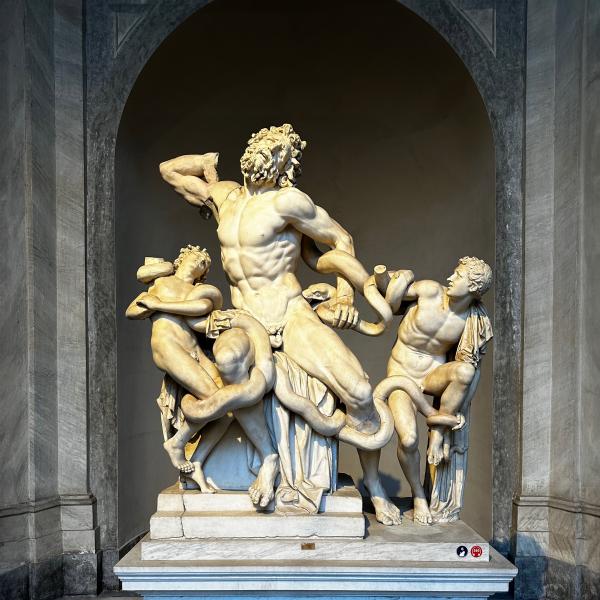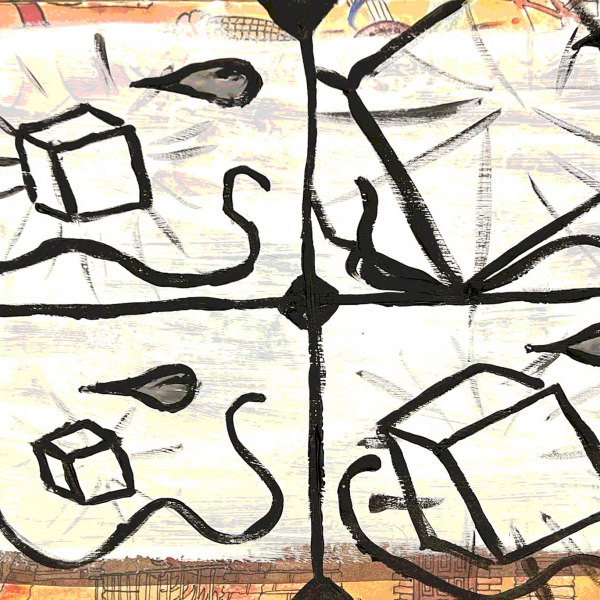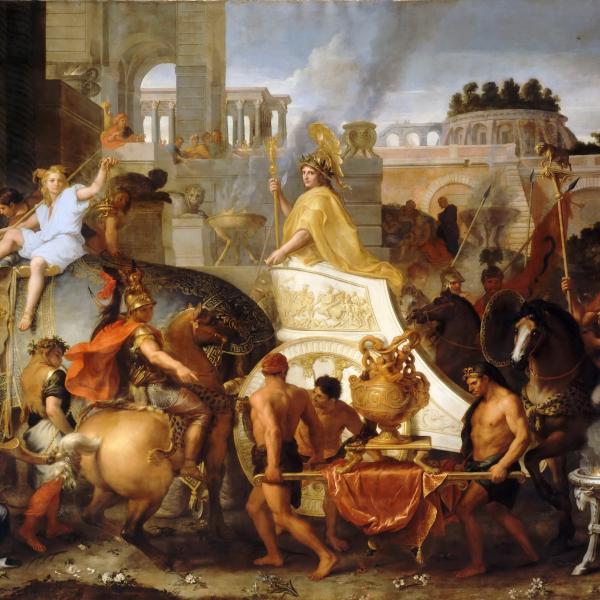By Ignacio M. Sánchez Prado
Associate Professor of Spanish and Latin American Studies
Back in May 2013, the Walt Disney Company angered important sectors of the Mexican American community by applying for a wide-ranging trademark of anything related to “El Día de los Muertos,” Mexico’s Day of the Dead. The misguided action was based on the idea of developing a Day of the Dead–themed film, to be developed by Pixar and directed by Lee Unkrich, the beloved director of Finding Nemo, Monsters Inc. and two entries in the Toy Story franchise.
As a consequence of the ire of many members of the Latino community, Disney shelved the project, which in turn allowed for The Book of Life to emerge. Produced by Fox, the film is the result of efforts by top Mexican talent, including producer Guillermo del Toro — arguably the most important filmmaker in the fantasy genre at work today in the world — and director Jorge Gutiérrez, who had already achieved some success with the acclaimed Nickelodeon series El Tigre.
The Book of Life is a film to be celebrated in no less part because it finally provides a Mexican voice to mainstream animation in the U.S., still haunted by racist portrayals such as Frito Bandito, Speedy González and Tito the Chihuahua. In granting the driving seat to a Mexican producer and director, the film works what would have otherwise been impossible to achieve: a representation that is familiar enough for American audiences to enjoy, but is still intelligent and respectful of Mexican culture. Gutiérrez manages to do this not by running away from stereotype, but by embracing it with ironic distance and great visual intelligence.
The world of The Book of Life is informed by Hollywood portrayals of pre-revolutionary Mexico (most notable of them the Zorro films), but which convey not the notion of a pre-modern people but of a town that is both strongly bound and culturally relevant. This balance is best demonstrated by the character of Manolo (masterfully voiced by Diego Luna), who is seeking the affection María and competing for it with his best friend Joaquín, the town’s hero. Their love triangle is intensified by a bet conducted between La Muerte (a female version of Mexico’s famed skull figures, las Catrinas) and Xibalbá (a character named after the underworld of Maya K’iche culture). Manolo is pressured to continue the family’s tradition of bullfighting, but he dreams to be a musician. In one scene, he sings a version of Radiohead’s “Creep,” a cult alternative-rock song. This gesture encapsulates the brilliance of the film: Even though the world of the film is populated with images taken from stereotypical portrayals of Mexico, there are references that break the stereotype and make the film thoroughly contemporary.
The Book of Life is a truly gorgeous film: It constructs a world of Baroque forms and colors through characters that range from the truly hilarious to the beautifully melancholic. The voice talent is made up of American actors (like Channing Tatum), Mexican-born performers (like Luna and Kate del Castillo) and iconic Latino figures (such as Zoe Saldaña and Cheech Marín), which has the effect of expanding the Mexican tropes of the film into an all-encompassing world in which any spectator can belong.
The frame of the film is relevant too: The story is narrated by a museum guide to a group of Anglo schoolchildren, recognizing the fact that most viewers would not be Mexican. In doing so, the film is able to create a culture that is proud but not alienating, conveying a language of values and ideals identifiable to any viewer regardless of culture, but firmly grounded in embracing Mexicanness as a fundamental component of the film’s ethos and aesthetic. The result is one of the best animated films of the past two decades and one of the most intelligent and culturally sensitive representations of Mexico in U.S. visual culture.
Ignacio M. Sánchez Prado is author of Screening Neoliberalism: Transforming Mexican Cinema, 1988-2012.




